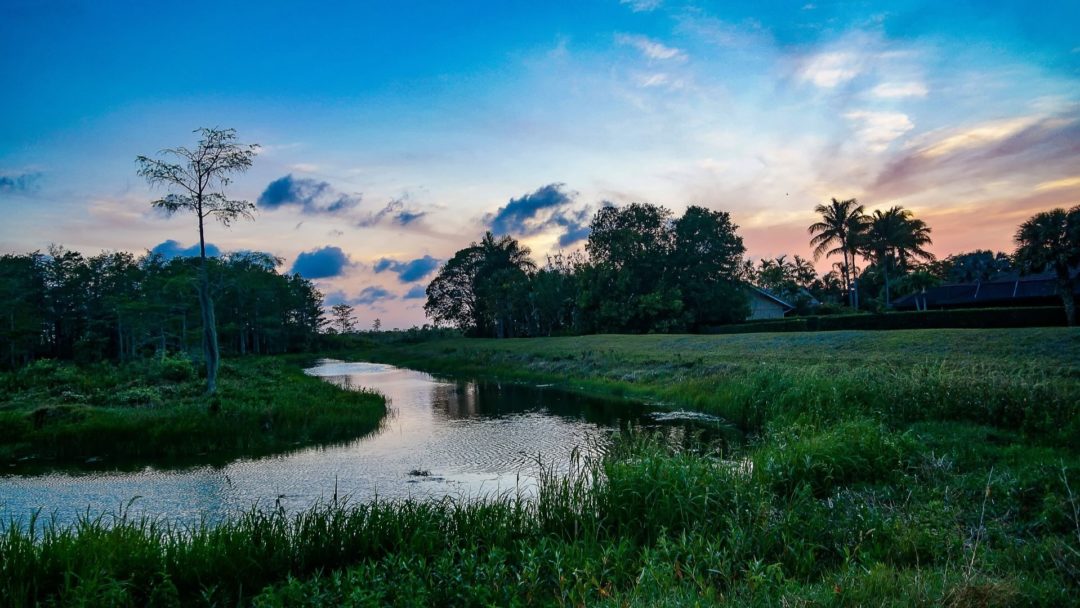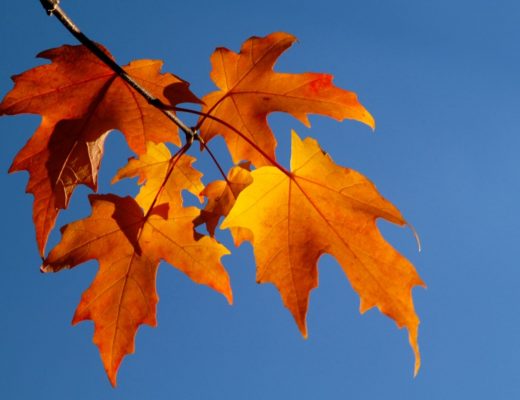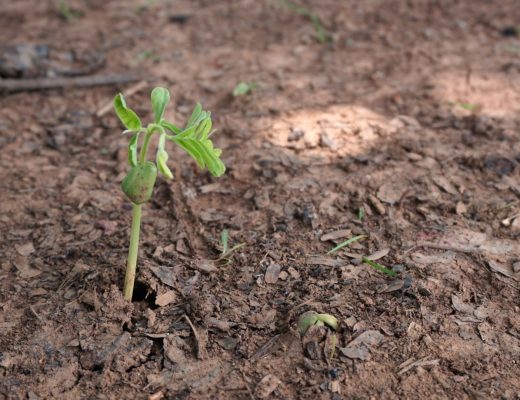It’s that time of year, where storms, hurricanes, and flooding become more common. Storms deliver torrential rain that can lead to massive flooding, damaging homes, businesses, and sometimes our community trees. But some tree species are more tolerant than others at withstanding the impact of a storm and its aftereffects like puddles, soil deposition, and rushing streams.
Here are 9 tree species that can weather a storm in wet soil and flood conditions.
1. River Birch
Betula nigra
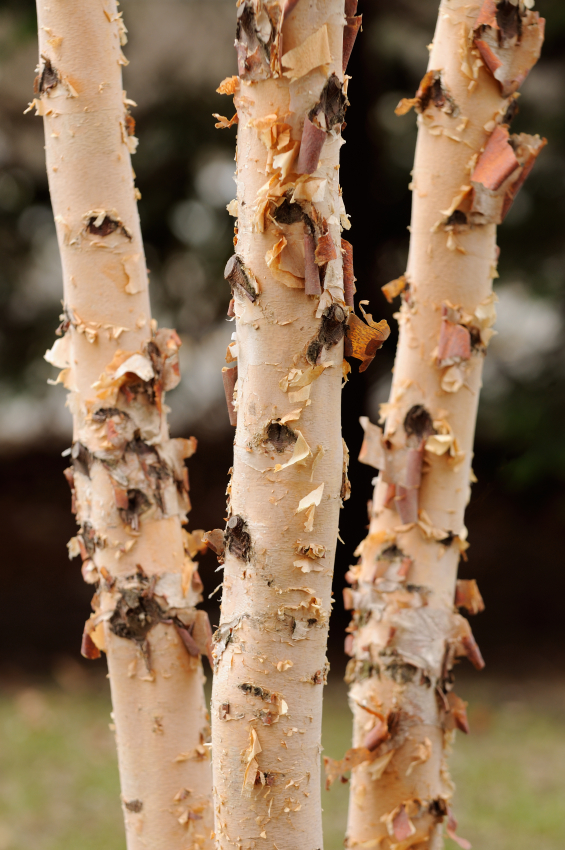
As its name suggests, the river birch naturally grows along river banks. But as a landscape tree, it can be planted almost anywhere in the U.S. The species is valued for its relatively rapid growth, tolerance of wetness and some drought, unique curling bark, spreading limbs and relative resistance to birch borer.
The river birch has not yet reached the popularity of many maples and oaks, but it is well on its way. In 2002, one of its cultivars was even named the Urban Tree of the Year by the Society of Municipal Arborists.
Hardiness zones 4-9.
Read: How You can Help Restore Communities and Forests Devastated by Recent Hurricanes
2. Black Tupelo
Nyssa sylvatica
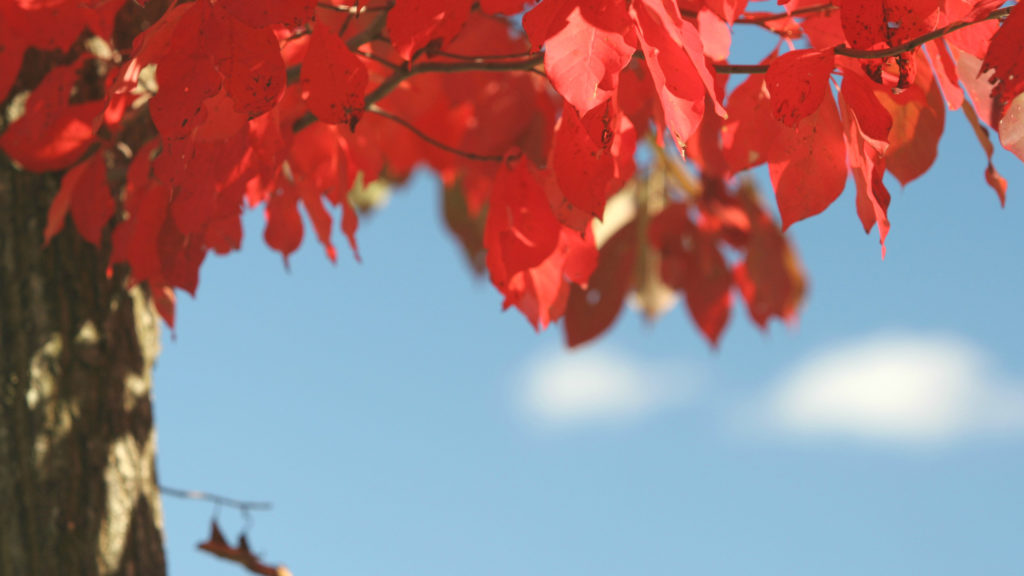 Called “one of the best and most consistent native trees for fall color” by tree expert Michael Dirr, the black tupelo is a terrific landscaping choice. Displaying various hues of yellow, orange, bright red and purple—often on the same branch—its foliage is a stand-out of the autumn season. Even the distinctive bark, which resembles alligator hide, adds visual and textural interest.
Called “one of the best and most consistent native trees for fall color” by tree expert Michael Dirr, the black tupelo is a terrific landscaping choice. Displaying various hues of yellow, orange, bright red and purple—often on the same branch—its foliage is a stand-out of the autumn season. Even the distinctive bark, which resembles alligator hide, adds visual and textural interest.
And while its blooms may not seem noteworthy, bees will be very appreciative of the presence of this tree, as it serves as an important late-spring food source.
Hardiness zones 4-9.
3. Weeping Willow
Salix babylonica
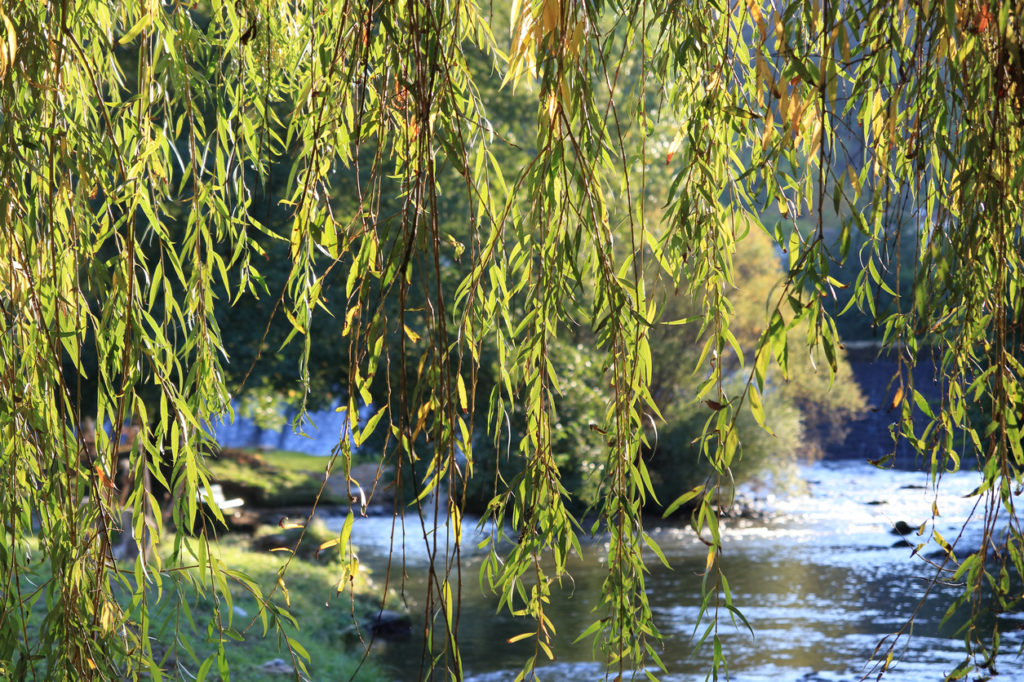
This graceful giant is known for its open crown of wispy, ground-sweeping branches and long, slender leaves. Often seen as one of the first indications of spring, the weeping willow’s yellow twigs and green foliage appear early in the season—sometimes as early as February.
The tree is easy to grow and quick to take root, reaching heights between 30′ and 40′ and nearly the same in width. It lends itself well to planting singly or in small groves near the edge of ponds, lakes and rivers.
Hardiness zones 6-8.
4. Baldcypress
Taxodium distichum
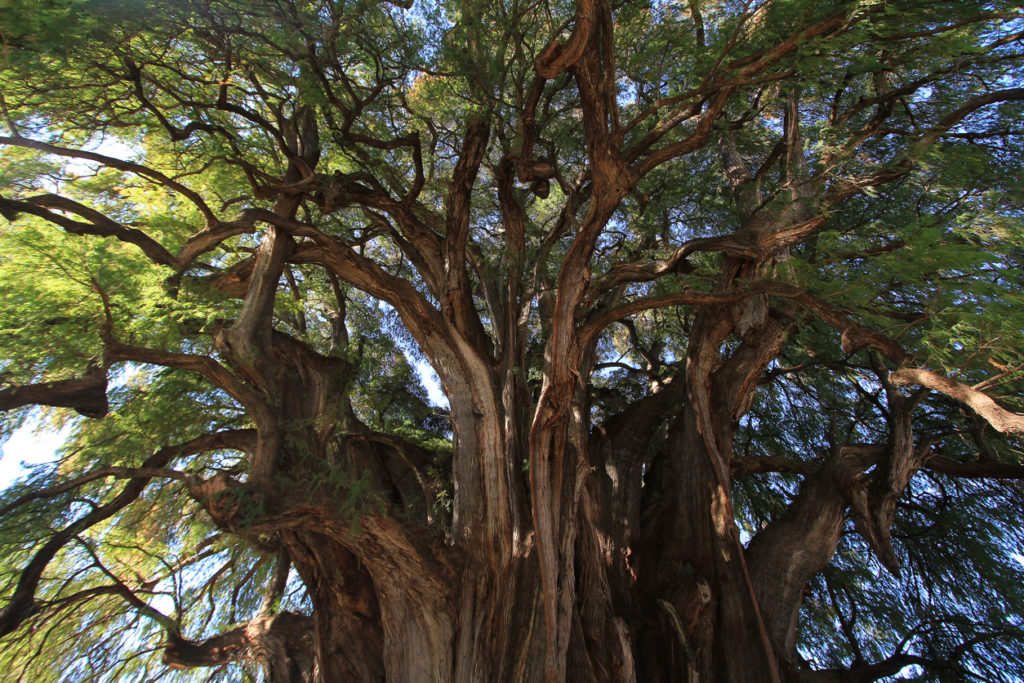
The Baldcypress tree is the classic tree of southern swamps. There, in its habitat, it displays a peculiar habit of raising conical “knees” from its roots. The function of these growths is something of a mystery, although some believe it is a way to help the roots get oxygen. This tree dwells in swamps because it out-competes most other trees on such sites.
To the surprise of some people, the baldcypress does quite well when planted in the right soil in yards or along streets and is a beautiful specimen tree. It has been grown successfully in cities as far north as Milwaukee and on dry Texas hills.
Hardiness zones 4-10.
5. Red Maple
Acer rubrum
 Red maple is one of the best named of all trees, featuring something red in each of the seasons—buds in winter, flowers in spring, leafstalks in summer, and brilliant foliage in autumn. This pageant of color, along with the red maple’s relatively fast growth and tolerance to a wide range of soils, makes it a widely planted favorite.
Red maple is one of the best named of all trees, featuring something red in each of the seasons—buds in winter, flowers in spring, leafstalks in summer, and brilliant foliage in autumn. This pageant of color, along with the red maple’s relatively fast growth and tolerance to a wide range of soils, makes it a widely planted favorite.
The natural range of red maple begins roughly at the eastern edge of the Great Plains north to Lake Superior, extending eastward to the Atlantic. But homeowners and urban foresters are growing this tree all across the United States.
Hardiness zones 3-9.
Read: Are You Ready for Hurricane Season?
6. Hackberry
Celtis occidentalis
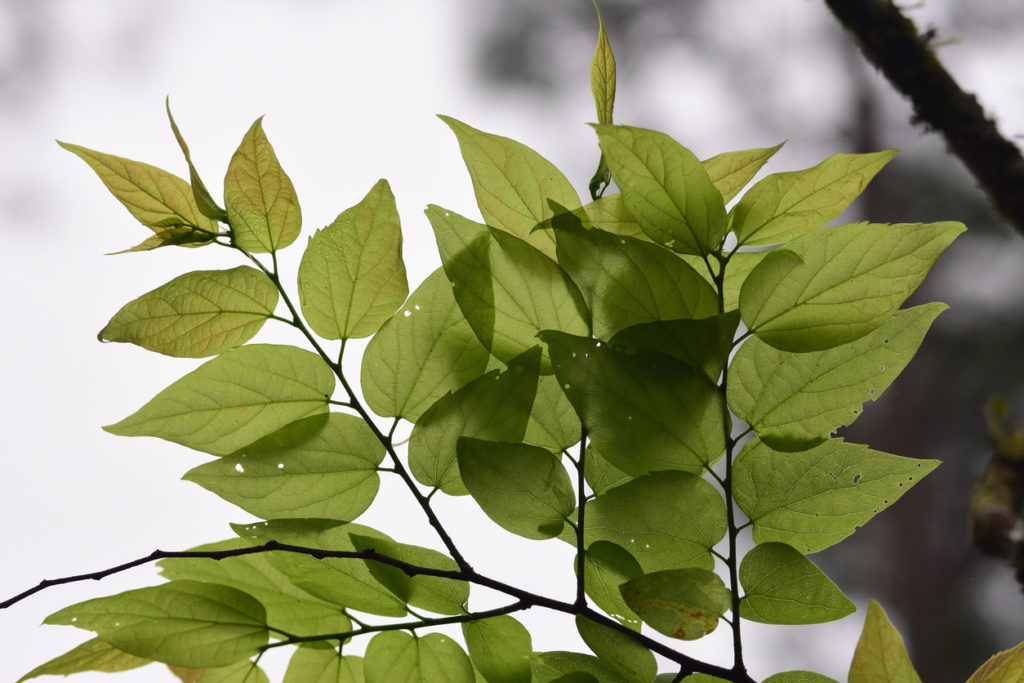
The hackberry, while often forgotten by casual consumers, is commonly heralded by tree experts as “one tough tree.” Found on a wide range of soils east of the Rockies from southern Canada to Florida, these trees thrive in a broad span of temperatures and on sites that vary from 14 to 60″ of annual rainfall. They can even stand up to strong winds and tolerate air pollution.
All this hardiness adds up to a good landscape choice, particularly if you’re looking for an energy-conserving shade tree that doesn’t require watering.
Hardiness zones 3-9.
7. American Sweetgum
Liquidambar styraciflua
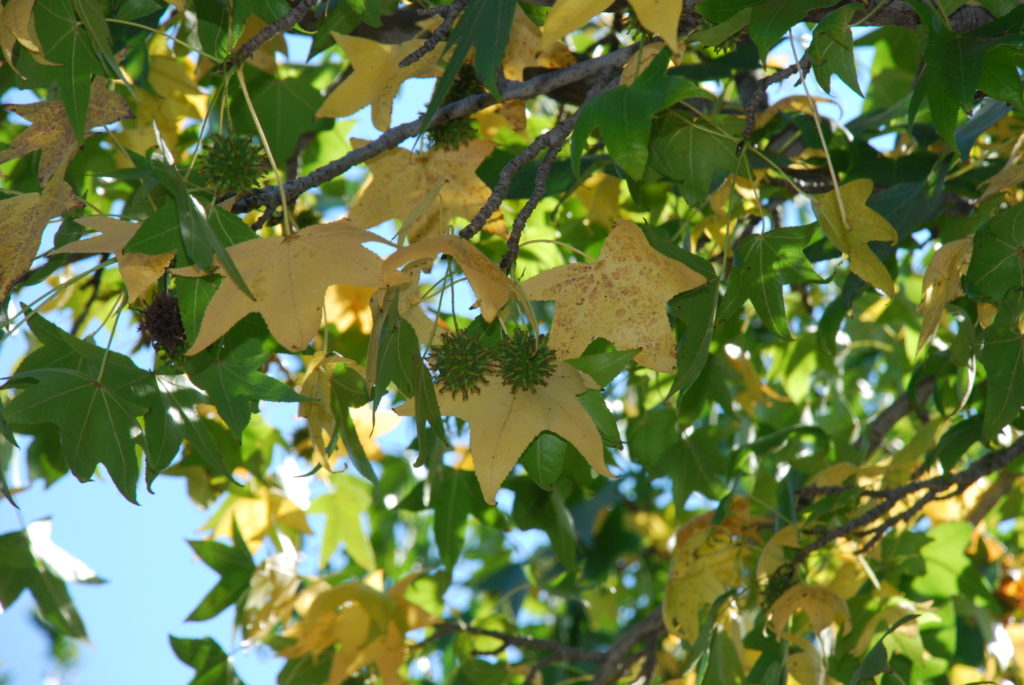 The American sweetgum—with its star-shaped leaves, neatly compact crown, interesting fruit and twigs with unique corky growths called wings—is an attractive shade tree. It has become a prized specimen in parks, campuses and large yards across the country.
The American sweetgum—with its star-shaped leaves, neatly compact crown, interesting fruit and twigs with unique corky growths called wings—is an attractive shade tree. It has become a prized specimen in parks, campuses and large yards across the country.
If you’ve got the space and are looking to add some fall color, this tree is a sure bet. The glossy green leaves turn beautiful shades of yellow, orange, red and purple in the autumn.
8. Overcup Oak
Quercus lyrate

The overcup oak tree is a long-lived, very sturdy shade tree that will thrive in a wide variety of soil conditions. Long overlooked by growers, the tree is gaining popularity and has been made more readily available for home landscapes.
Because of its size, shape, adaptability and hardiness, the overcup oak makes an excellent urban street tree.
Hardiness zones 5-9.
9. California Sycamore
Platanus racemose

The California Sycamore is a majestic native with a rapid growth rate. In expansive landscapes, it can make a fine specimen tree. Standout features include a peeling, mottled trunk; a spreading crown; heat and wind tolerance; and enormous size.
While it is a beautiful tree, several factors should be considered when planting it, including size, fruit, dense branching, roots and moisture requirements.
Hardiness zones 7-10.

